
Breathlessness on its own can make walking, bending, kneeling, and other physical tasks exhausting and uncomfortable. And then when you add other COPD symptoms into the mix, like coughing, wheezing, muscle weakness, and fatigue, daily responsibilities like cooking can sometimes seem like too much to handle.
Because of this, conserving energy is often a necessity for COPD patients, especially when they experience flare-ups, exacerbations, or begin to lose their physical mobility as the disease progresses. That's when it's time to start looking into effort- and time-saving tools and techniques and ways to simplify and streamline daily tasks.
Nowhere is this more important than when it comes to food and cooking. Diet is a vitally important part of staying healthy with COPD, but it's also easy to neglect when you're not feeling well. Continuing to purchase and prepare healthy, whole meals can get extremely difficult when you're restricted by limited strength and energy every day.
That's why, in this article, we're going to help you find ways to continue shopping, cooking, and preparing healthy meals in spite of the difficulties that come along with having COPD. We'll show you how planning your meals and using a variety of practical tools and techniques can significantly reduce the amount of time and effort you have to spend shopping and preparing home-made food.
We'll teach you some practical shortcuts for meal planning and preparation, show you how to save energy cooking and cleaning, and introduce you to food-related products and services designed to help people with limited mobility. So without further ado, continue reading to learn about 27 useful tools and techniques you can use to simplify grocery shopping, meal planning, and cooking with COPD.
Tools & Techniques for Easy Meal Planning
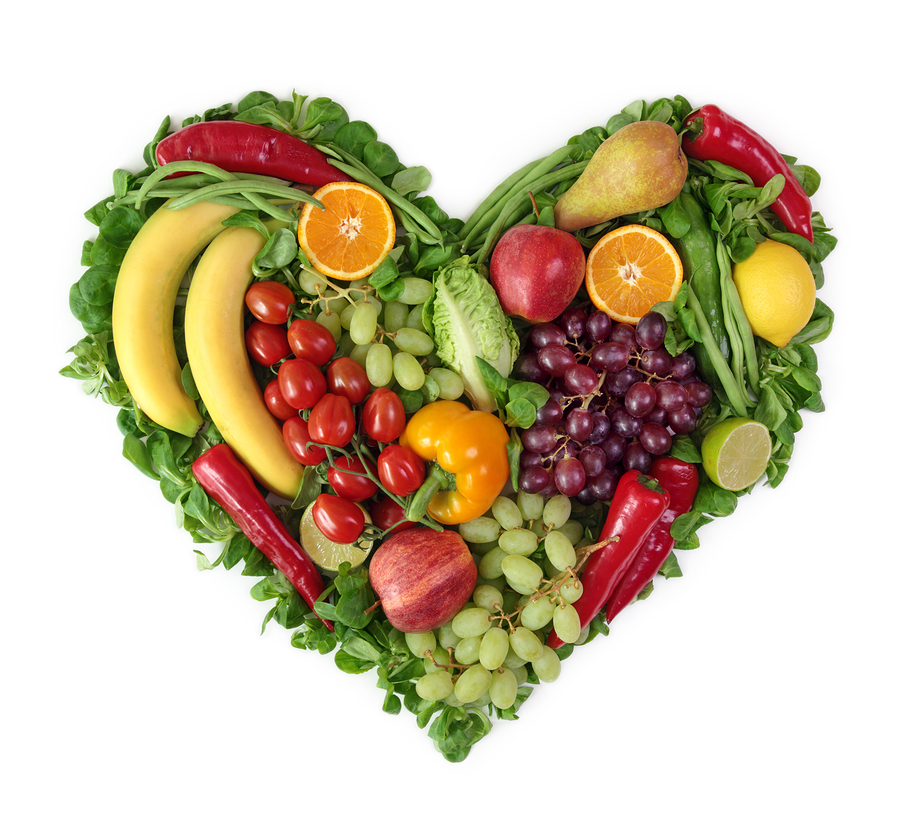
Planning ahead is the cornerstone of efficient cooking. Without a weekly meal plan, shopping and preparing meals is much more stressful and you're more likely to just give up and opt for processed or fast foods.
On the other hand, putting a little extra effort into scheduling your meals helps to streamline the entire shopping, food preparation, and cooking processes. This section will give you a variety of practical tips to help you successfully build the habit of planning your meals ahead for every week.
Writing Your Meal Plan

It might seem like a pain, but taking the time once a week to sit and write down every meal you're going to eat is guaranteed to save you time and effort in the long run. It streamlines shopping, simplifies cooking, and helps you fit healthy, homemade meals into your busy week.
When planning your meals, make sure you consider how much time you have each day and do your best to be realistic. Always have a couple of quick-fix or pre-made meals in mind as a contingency plan for when your schedule changes or you just don't have enough time to cook.
Once you get into the habit of meal planning, you'll start to notice a myriad of benefits. It will remove the stress of wondering “what can I make for dinner?” every evening, and saves time when it's time to make your shopping list.
If you follow a meal plan, you won't find yourself without the ingredients you need to make dinner, because you'll know exactly what groceries you need and you can shop for all your meals for the week ahead of time. By making things as easy for yourself as possible, it will also be easier to stay committed to making home-cooked meals, and easier to resist unhealthy, lazy options like fast food.
Here are some additional tips for weekly meal planning:
-
Record your meals in a weekly schedule or calendar so you can easily remember and keep track of your meal plan
-
Plan the most difficult or time-consuming meals for days when you have fewer activities and are less likely to breathless or worn out.
-
Avoid having to cook every single day by planning for leftovers or heating up make-ahead meals (prepared ahead of time).
-
Plan no-cook meals like sandwiches and salads for busy days or use them as a fall-back for when your COPD symptoms act up.
-
Plan slow cooker meals for days when you don't have time for a lot of preparation or cooking. Simply throw the ingredients in the pot in the morning, and you'll have a hot, delicious meal waiting for you at the end of the day.
- Make your shopping list while you're planning your meals for the week. That way, you can add all the ingredients you need for your meals to your shopping list and take care of two birds with one stone.
Keep Track of Recipes
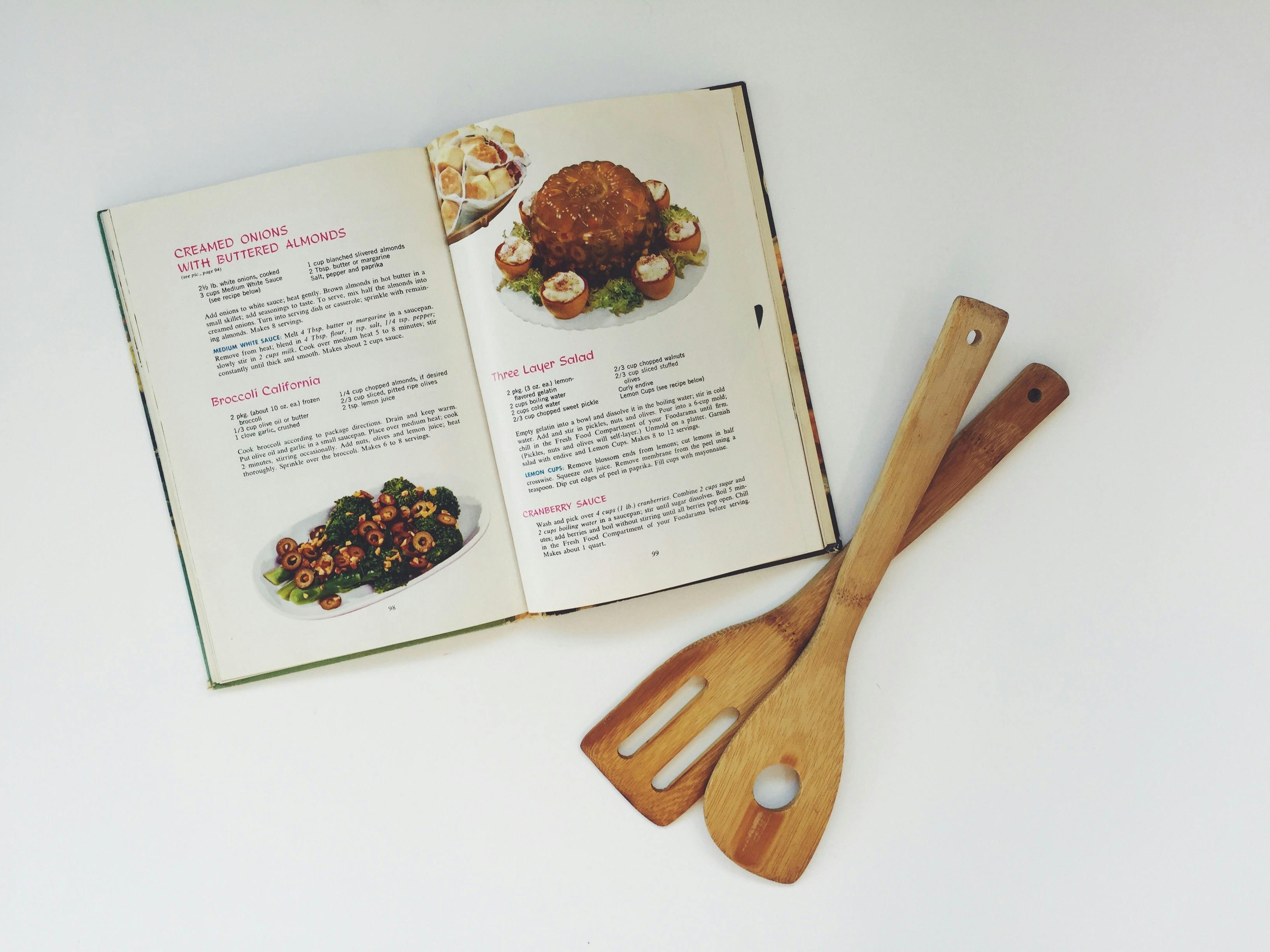
It's hard to plan your meals if you don't know what to make. That's why building up a collection of your favorite recipes can really help you out.
If you often have trouble thinking of what to make or you're getting bored with your usual meals, it might be time to go shopping for a new cookbook or two. Look for cookbooks with practical recipes that appeal to your tastes and aren't too complex for you to make. Mark your favorite recipes with post-it notes or copy them into a separate notebook so you can easily find and flip through the best recipes.
It's also a good idea to spend some time searching online for recipes and recipe websites that you like. Look for themed recipe blogs that focus on types of food you enjoy and bookmark any sites or single recipes that you want to keep.
You can also use a note-taking and bookmark-organizing application like Evernote to save and keep track of any recipes you find on the web. That way, you can sort your recipes by category and easily track down any recipe you've saved.
Plan Around Themes

Assigning a theme or main ingredient to different days of the week can take some of the pressure and hassle out of meal planning. It could be any theme you want; you could try taco Tuesdays, fish Fridays, soup Sundays, or casserole Mondays. Whatever you choose, it will narrow down your options and make it easier to pick out meals for the week.
But just because a day is dedicated to a particular type of meal doesn't mean you have to eat the same thing every time. Instead of preparing the same boring meal week after week, use your themed days as an excuse to try out new recipes or variations. For taco tuesdays, for example, you could try a different type of taco every week (e.g. beef tacos, fried fish tacos, veggie tacos, chicken tacos, etc.).
Tools & Techniques to Make Shopping Easier
The long, winding path through the grocery store can be exhausting if you have COPD. Luckily, there are plenty of ways to reduce the amount of time you have to spend shopping for food and supplies.
Whether you suffer from limited mobility or simply need to conserve energy when you're feeling breathless and fatigued, simplifying and streamlining your grocery trips can make a huge difference in your life. Take a look at some of the following tips and techniques for getting the groceries you need with less time, effort, and hassle.
Plan Your Route

If long grocery shopping trips leave you exhausted and breathless, then you should try to keep them as short and efficient as possible. The best way to do this is to have a complete list of everything you need before you go, organized in the order you will encounter the items at the grocery store.
As long as you know the store's general layout, planning your route ahead of time shouldn't be difficult to do. Simply do your best as you write your list to arrange the items into categories (e.g. produce, dairy, and frozen) and put them in roughly the same order as they occur in the store.
This way, you can save energy by taking the shortest path possible through the aisles while still getting everything you need. It also greatly reduces your likelihood of having to backtrack and walk all the way across the store for items you skipped over or forgot.
Shop Once

Almost nothing is more frustrating than arriving home from a grocery trip with more than you need and realizing you forgot the items that you went there for. Then, you either have to make do without, or muster up the energy to make another journey out to the store.
That's why you should never set foot in a grocery store without having a plan. Taking some time to sit down and make a list is absolutely essential for making your shopping trips efficient and worthwhile.
First, take a couple minutes to write down all the meals you have planned for the week and the ingredients you'll need to make them. Then, take a look in your fridge, freezer, and pantry to see what ingredients you have and what ingredients you'll need to get.
You should also make it a habit to check your cabinets for how much of any important food staples, like flour, herbs, rice, and canned goods that you have left. If you're running low on anything, it's in your best interest to buy more before you run out so you don't find yourself having to make a last-minute trip to the store on a later date.
Take Advantage of Local Grocery Store Pickup
 |
| Photo by Joe Goldberg |
Did you know that many grocery stores have a service where they'll pick out your groceries for you, saving you the walk through the store? It's a great way to save energy if all of the walking, lifting, and stooping that grocery shopping requires makes you feel too exhausted and breathless to shop.
Depending on the store, you can either give them a list of the items you need or directly order them online. Then, all you have to do is drive up to the store, and employees will load up all your bags in your car for you.
Get Your Groceries Delivered to Your Door

Many grocery stores also offer delivery services you can use to get your groceries brought right to your house for a fee. This allows you to get all of your shopping done without ever having to leave your home.
There are also many online stores you can use to order groceries for delivery straight to your door. Amazon Prime Pantry, for instance, has a massive selection of groceries and cooking items to choose from and you can get most of them delivered to you in just two days if you pay the annual membership fee for Amazon Prime.
Subscribe to a Local CSA
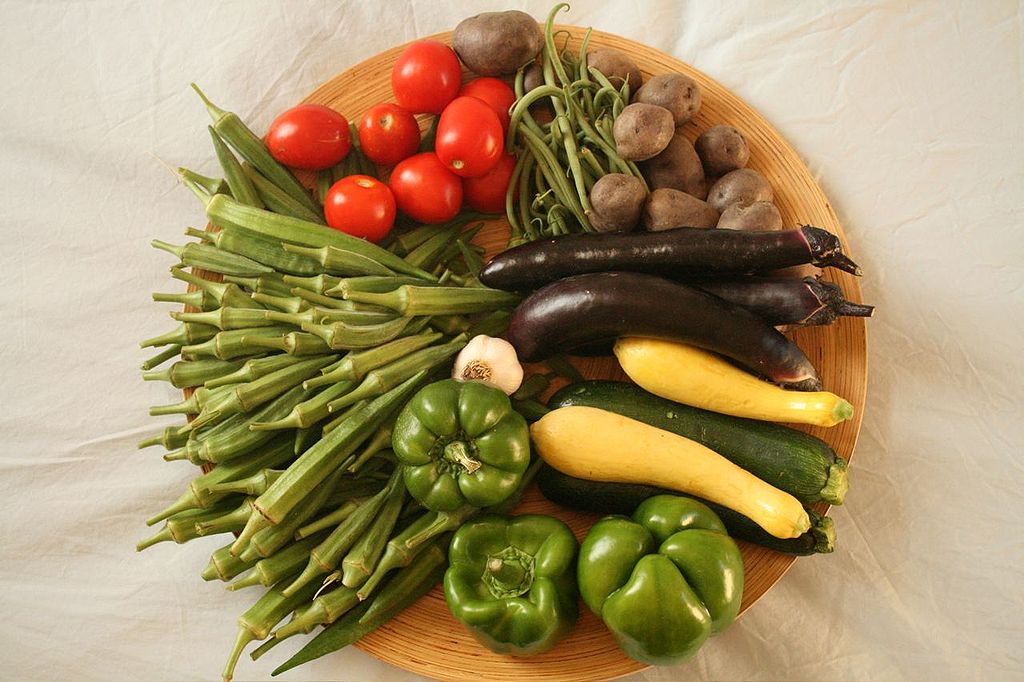
Being part of a community Supported Agriculture (CSA) program is a great way to support local agriculture and get fresh, nutritious produce during the summer and fall.
It works like this: You pay an annual membership fee that is used to support a local farm. Then, during the growing season, you will receive regular boxes of fresh fruits and vegetables grown on that farm—your “share” of the harvest in return for your investment.
Most of the time, you can pick up your box weekly at one of a few pickup centers in your city. Most CSA's will get you a box of fresh produce every week during the summer and fall, but it depends on how your local CSA works and what kind of membership you pay for.
CSA's are a great way to work more fruits and veggies into your diet without having to pick them out yourself. All you have to do is pick up your box of produce, and you'll have most if not all of your fresh fruits and veggies that you need for the week.
Visit Local Harvest's website to see if there's a CSA program that delivers to your area.
Stock Extras

Many non-perishable foods can keep for months, or even years unopened. Use this to your advantage and stock your home with extras of all the non-perishable items you use on a regular basis.
That way, you don't have to worry about running out of ingredients as quickly and can make fewer trips to the store. It can also save you a great deal of money if you take advantage of sales and special offers or buy things in bulk.
Here are some examples of common non-perishable food items that you can stock for months or years before you use them:
- Sugar
- Flour
- Dry beans
- Rice
- Pasta
- Baking powder and baking soda
- Canned goods
Tools & Techniques to Make Cooking Easier
Simplify Your Cooking Prep Process
Oftentimes, gathering and preparing ingredients is the most difficult part of cooking. Chopping veggies, measuring ingredients, and mincing garlic not only takes time, but saps your valuable strength and energy as well.
Here are some tips to help you reduce the amount of time and effort you put toward preparing ingredients for meals.
Rearrange Your Cooking Space

Many cooking inefficiencies stem from a messy or poorly organized kitchen. If you take some time to tidy up your cooking space and arrange your kitchen supplies for maximum utility, you can noticeably reduce the amount of hassle and time it takes to cook.
For example, put items and ingredients you use often front and center in your cabinets and make sure everything is within easy reach. Have a stool handy to help you reach higher shelves and use a grabber tool to avoid bending down for items in lower cabinets and drawers.
Prepare Ingredients Ahead of Time
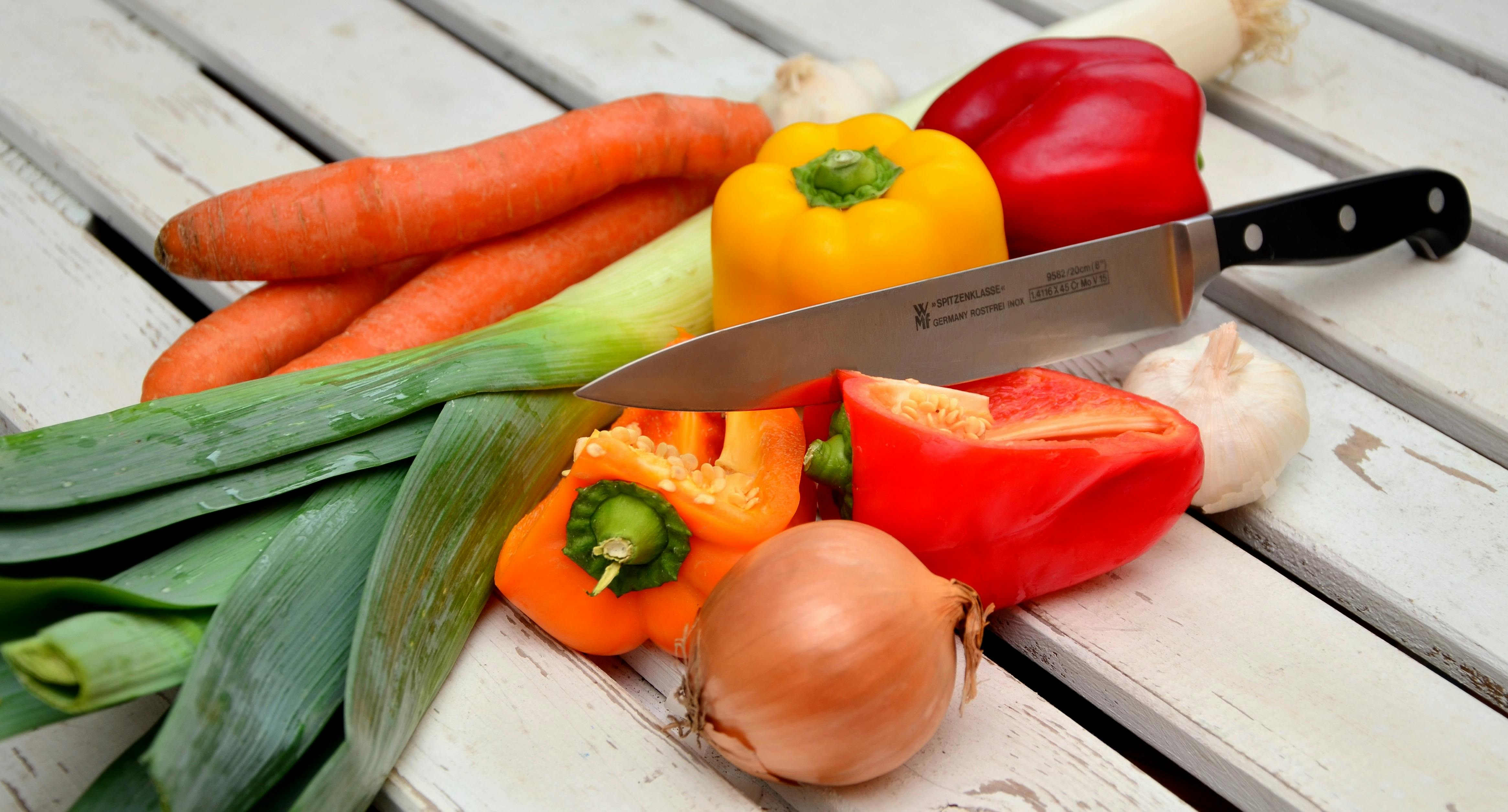
Instead of doing all your prepping and cooking at once, which can be exhausting, split them up and do them at different times. For example, you could prepare the ingredients for your dinner in the mornings and then cook in the evening, or pre-chop lots of fruits and veggies on the weekend, when you have some extra time and energy.
It can also help to make large batches of meal staples like rice, beans, pasta, or potatoes ahead of time to use throughout the week. If you store them in air-tight jars in the fridge, most foods will keep for at least 3-4 days after you prepare them.
Find Recipes with Fewer Ingredients
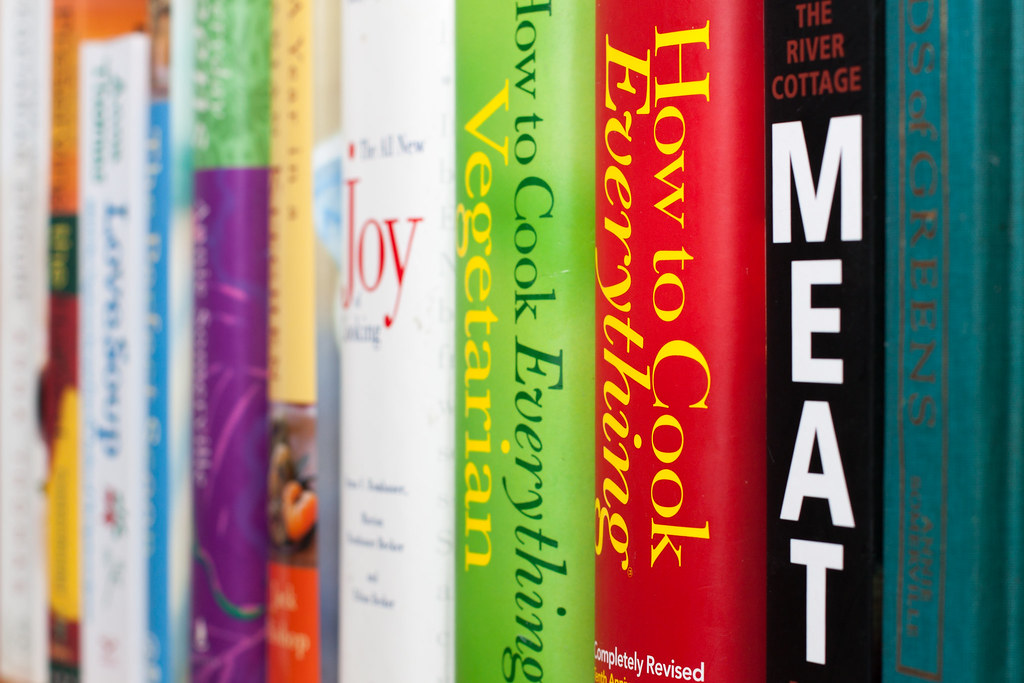 |
| Photo by Tim Sackton |
Have you ever looked up a recipe online, only to find two recipes for the same dish that have vastly different ingredients? That's because there's more than one way to cook just about everything, and some ways are much quicker and easier than others.
That's why you should look specifically for simpler recipes with fewer ingredients if you want to save energy preparing your meals. Fewer ingredients not only means less dicing, mincing, and measuring, but also means fewer trips to the store for fringe ingredients that you don't keep on hand.
There are several popular three-, four-, and five-ingredient cookbooks out in bookstores and online that are full of tasty recipes that are simple to make. There are also websites and food blogs dedicated to simple, easy cooking that are full of recipes that only use a few main ingredients.
Here are some great recipe websites you could try:
- Stone Soup: A blog full of 5-ingredient recipes and simple weeknight dinner inspirations.
- Six Sister's Stuff: A list of 50 easy recipes with six ingredients or less.
- Good Food from the BBC: A list of 40 quick recipes with five ingredients or less.
Buy Pre-Prepared Produce
Most grocery stores have coolers full of pre-washed, pre-chopped, and pre-peeled fruits and veggies in their produce section. While they are a little more pricey than their un-processed counterparts, buying pre-prepped produce can save you several steps and a significant amount of time when you cook.
Drink Green Smoothies

Green smoothies are a great way to get more healthy fruits and veggies in your diet without having to cook. The only prep work you have to do is washing whatever healthy produce you have on hand and tossing it into a blender.
Smoothies are also a great way to use up extra fruit and veggies that are close to going bad. You can make them anytime you're in a pinch for time or make them a regular part of your everyday diet.
You can make fruit or green smoothies with just about whatever you have on hand, depending on your tastes and nutritional needs. Here is an article with 25 easy green smoothie recipes to help you get started.
No-Cook Meals

There will be days when you're just too tired, too breathless, or too lazy to slave over the stove. Luckily, there are plenty of simple, healthy meals you can whip up that don't require any cooking at all.
No-cook meals are often easier to prepare than hot foods and almost always take less time. They are also great for hot, summer days when you don't want to heat up your house by using the stove.
Here are some ideas for no-cook meals and snacks you can try making at home:
- Green Salads: Use whatever veggies and salad greens you have on hand with a light dressing for a delicious meal or side dish. Try adding fruit, nuts, hard-boiled egg, or meats like salmon and chicken for a heartier, more flavorful meal.
- Chickpea Salads: You can make a delicious Mediterranean salad with nothing but canned chickpeas, veggies, and hummus dressing. Add some pre-cooked quinoa to make it even better.
- Sandwiches
- Lettuce wraps
- Tortilla wraps
- Veggie nachos
- Fruit salads
You can also find a variety of no-cook, cold meal recipes online, like on this list from Southern Living.
Single-Pan and Single-Pot Meals
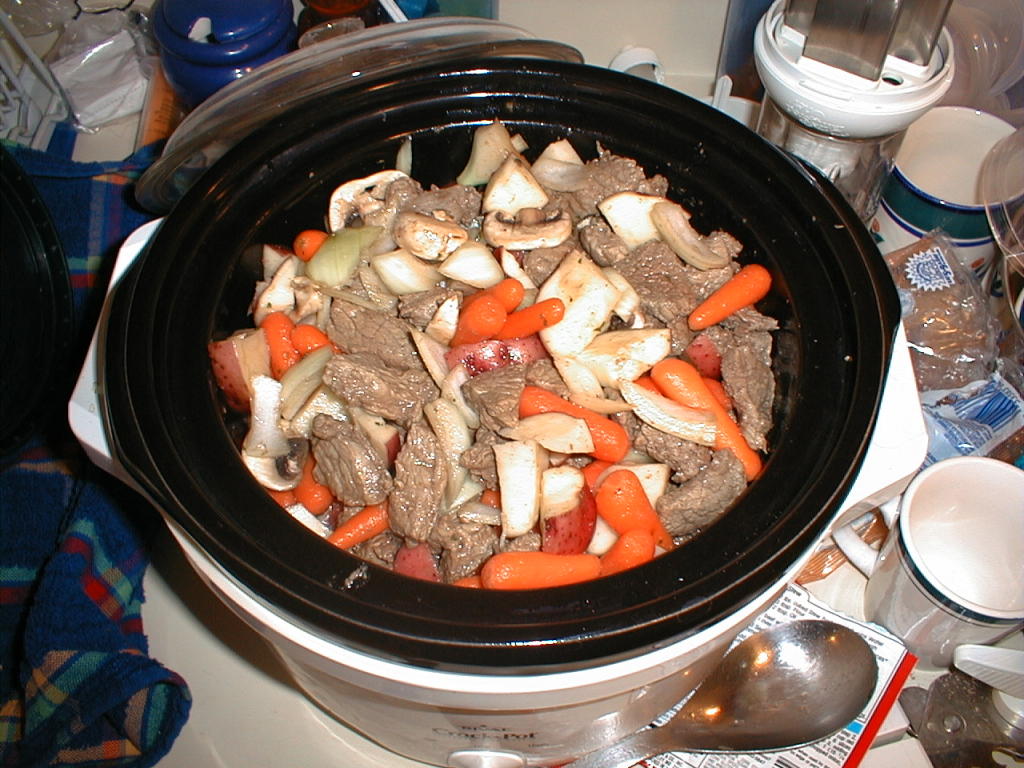
Cooking everything in one big pot or pan can save you a lot of time and energy. It means fewer steps, fewer dishes, and a much simpler cooking process.
Single-pan and single-pot meals can include skillet dinners, casseroles, dutch oven dinners, and slow cooker meals. You can find tons of recipes for one-pan meals online, or easily whip up an improvised meal on your own.
Just about any combination of meat, veggies, and potatoes in a skillet can work to make a delicious, well-balanced meal. Another easy option is to stir-fry whatever vegetables you have on hand and serve them over rice, quinoa, or another healthy grain.
Choose Simple & Easy Foods

If you want to reduce the amount of preparation you have to do to for meals, get the simplest version of the ingredients you can. For example, use frozen or canned carrots instead of peeling and chopping them yourself, or get pre-washed, bagged lettuce instead of a whole head.
Also, consider how difficult a fruit or vegetable will be to prepare before you buy it. For instance, pomegranates, pineapples, and melons take a decent amount of time and effort to prepare for eating. On the other hand, bananas, apples, and berries are require min


